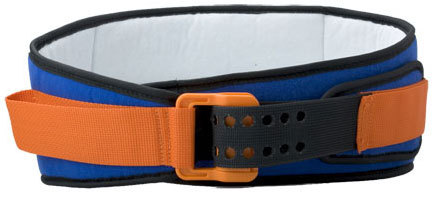I’m sure that most of you have noticed that I very rarely write about animal studies. The problem I have is that the effects generally found are not dramatic, and results seldom carry over to humans the way we think they should.
But for this paper, I’ve made an exception. It uses a swine model to study the effect of air transport at altitude on TBI. As you may know, most aeromedical transport in the US is via helicopter.
However, some patients in more rural areas must travel longer distances to get high level trauma care, and may need to fly in fixed wing aircraft. U.S. military transports overseas use fixed wing almost exclusively.
Medical helicopters typically fly at only 1000-3000 feet above the ground, and the change in air pressure (and hence PaO2) is small. However, fixed wing aircraft fly at much higher altitudes, and the effective cabin altitude may rise to about 8000 feet. This is why your ears “pop” so many times as you ascend. You’ve essentially just climbed Mt. St. Helens in Washington state. The amount of oxygen in cabin air also decreases with altitude.
So what happens to a patient with severe TBI when exposed to these fluctuations in pressure and oxygen levels? A group at the Naval Research Center looked at this issue in anesthetized swine that received a TBI from a percussion device. They received standard TBI and injury-specific care (for pigs?) for two hours, then underwent flight simulation using a hypobaric chamber set to a cabin altitude of 8000 feet for four hours.
Here are the factoids:
- Six study pigs underwent the 2 hours at sea level followed by 4 hours at altitude. Six control pigs stayed at sea level after their injury.
- Mean arterial pressure in the pigs at altitude decreased somewhat, but not significantly.
- Intracranial pressure (ICP) increased significantly in the TBI group(!)
- As a result, cerebral perfusion pressure (CPP) dropped in the study group (highly significant result).
Bottom line: Aeromedical transport at typical cabin altitudes significantly increases ICP and decreases CPP in an injured pig model. Although the groups are small, this information is startling and deserves rapid confirmation. This information may have a significant impact on the way we fly patients with head injuries. In particular, this is important for military aeromedical evacuation.
Reference: Brain hypoxia is exacerbated in hypobaria during aeromedical evacuation in swine with TBI. EAST 2016 Oral abstract #2, resident research competition.







